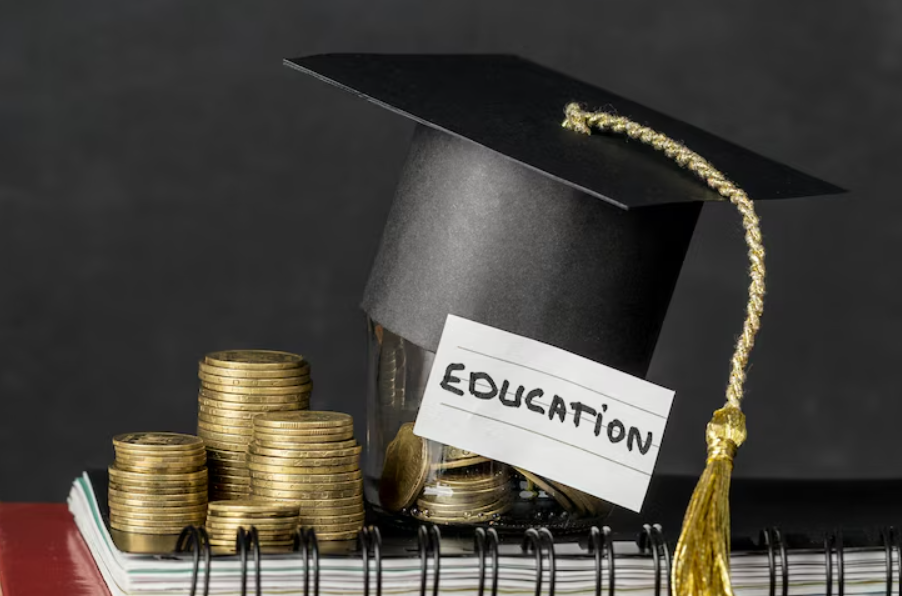As we move further into 2025, the education sector continues to evolve rapidly, influenced by advancements in technology, changing job markets, and shifting student expectations. At the heart of this transformation is the critical intersection of education and financing—more specifically, the increasing reliance on student loans to access quality education. The “Education and Loan Mix” in 2025 reflects a complex, yet promising, landscape shaped by innovation, policy reforms, and growing awareness of financial literacy.
The Growing Cost of Education
The cost of higher education has been on the rise globally. In countries like the United States, the average tuition fees for four-year colleges now exceed $10,000 per year for public institutions and $40,000 for private ones. Similarly, in India and other developing countries, top-tier institutions charge substantial fees, pushing students toward loan options.
While scholarships, grants, and fellowships help, they are often insufficient for the majority. As a result, education loans remain a primary source of funding for many students aspiring for higher education, especially in premium institutions or for courses abroad.
Education Loans in 2025: The Shift Toward Flexibility
In 2025, education loans have become more diverse and accessible compared to a decade ago. Key trends shaping the current education-loan mix include:
1. Digital Lending Platforms
Fintech companies are playing a significant role in simplifying the loan application process. Digital-first platforms offer students faster approvals, flexible EMI plans, and lower interest rates through AI-based credit scoring. Many of these platforms also collaborate directly with universities to offer pre-approved loans at the time of admission.
2. Income Share Agreements (ISAs)
Rather than taking out a traditional loan, some students are opting for ISAs, where they agree to pay a fixed percentage of their income after graduation for a set period. This method minimizes upfront costs and aligns with future earning potential.
3. Hybrid Loan Structures
Banks and private lenders are offering hybrid products—part government-subsidized, part private loans. These are structured to reduce the burden during the study period and only require repayment after a grace period post-graduation.
4. Cross-border Loan Accessibility
For students studying abroad, international education loan platforms now offer cross-border lending without needing a co-signer in the destination country. This development is especially beneficial for students from developing nations aiming to study in the US, UK, Canada, or Australia.
Challenges in the Education & Loan Mix
Despite positive developments, challenges remain in the education financing ecosystem:
1. Rising Student Debt
In countries like the US, student debt has crossed $1.7 trillion. Default rates remain high, particularly among students who do not complete their degrees or fail to secure high-paying jobs.
2. Lack of Financial Literacy
Many students take loans without fully understanding the repayment terms, interest accrual, or implications of non-payment. Financial literacy programs are not yet standardized across educational institutions.
3. Unequal Access
Students from marginalized communities or rural areas often lack access to loan facilities due to lack of credit history, documentation, or digital literacy. This creates a gap in opportunity, widening educational inequality.
4. Job Market Uncertainty
Although the global economy is recovering, uncertainty in job markets—especially in tech and manufacturing—can impact students’ ability to repay loans. Inflation and changing job requirements add to the uncertainty.
Opportunities Ahead: Making the Mix Work
To create a more sustainable education and loan mix, key stakeholders—governments, financial institutions, and educational bodies—are exploring several solutions:
1. Stronger Public-Private Partnerships
Governments are incentivizing private banks and NBFCs to offer student loans at subsidized interest rates. In return, these institutions receive tax benefits or guarantees that reduce their lending risk.
2. Career-linked Loan Repayment Programs
Some educational institutions are integrating job placement services with loan repayment schedules. If a student secures a job through campus recruitment, their salary is directly linked to automated EMI deductions, ensuring smoother repayment.
3. AI-Based Risk Profiling
AI and machine learning are now being used to assess the future earning potential of students based on their chosen fields, institutions, and academic performance. This helps lenders offer tailored interest rates and minimize default risks.
4. Financial Counseling and Credit Education
Many universities now mandate pre-loan counseling sessions for students and parents, explaining the pros and cons of taking education loans. This proactive approach fosters responsible borrowing.
Conclusion: A Balanced Approach is Key
In 2025, education remains a vital pathway to success, but it often comes with a price tag that students cannot afford upfront. The education and loan mix has evolved to meet these challenges—offering flexible financing options and innovative repayment structures. However, sustainable access to education financing requires a balanced approach: informed students, ethical lending practices, robust public support, and adaptable education systems.
As the education financing ecosystem continues to mature, the goal should not just be to fund students’ dreams but to ensure that the debt incurred is manageable, purposeful, and productive. The right mix in 2025 is not just about money—it’s about equity, opportunity, and empowerment through education.
